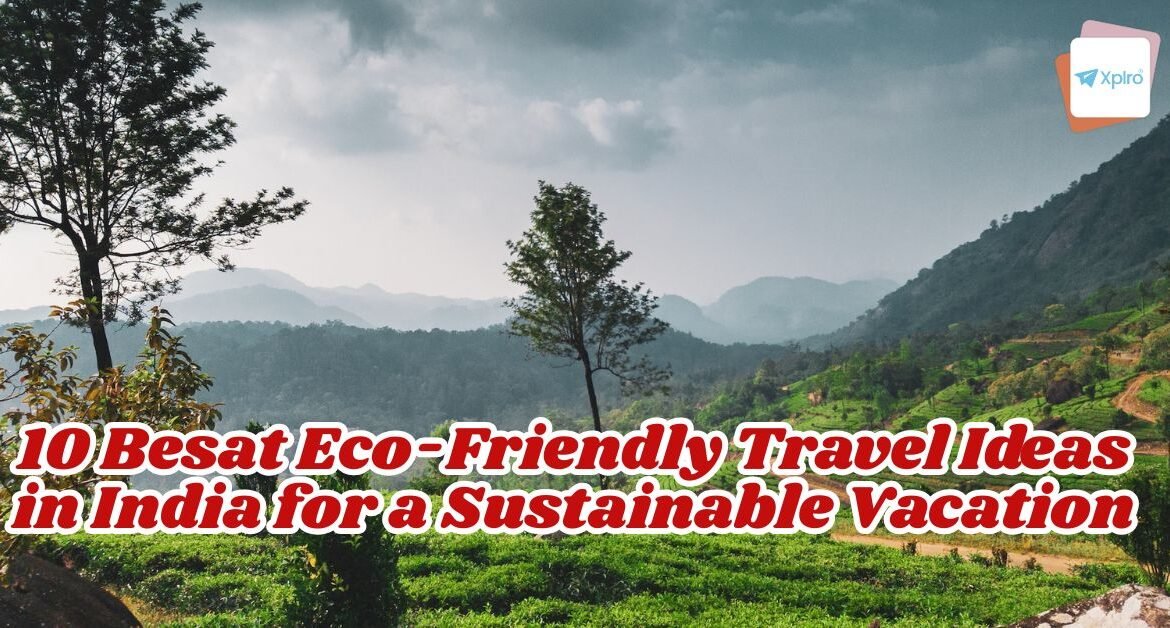Looking for ways to explore India without harming the planet? This guide on Best Eco-Friendly Travel Ideas in India will inspire you to travel responsibly while embracing the country’s natural beauty. From lush forest retreats in Kerala and sustainable homestays in Himachal to zero-waste beach getaways in Goa, India offers countless green escapes for conscious travelers.
Eco-tourism isn’t just about where you go—it’s how you travel. Choosing local transport, supporting small communities, staying at eco-lodges, and avoiding plastic can make your journey both meaningful and sustainable. Whether you’re an adventure lover, nature enthusiast, or culture explorer, these 10 sustainable vacation ideas in India will help you reduce your carbon footprint while enjoying authentic experiences.
Start planning your next eco-conscious trip and join the movement toward sustainable tourism in India—because every small step counts toward a greener tomorrow.
- Why Eco-Friendly Travel Matters in India
- 1. Sikkim: India’s First Organic State
- 2. Mawlynnong, Meghalaya: Asia’s Cleanest Village
- 3. Khonoma, Nagaland: India’s First Green Village
- 4. Andaman & Nicobar Islands: Marine Conservation Paradise
- 5. Matheran, Maharashtra: India’s Only Automobile-Free Hill Station
- 6. Lahaul-Spiti, Himachal Pradesh: High-Altitude Sustainability
- 7. Sitlakhet, Uttarakhand: Offbeat Forest Retreat
- 8. Auroville, Tamil Nadu: Experimental Eco-Township
- 9. Coorg, Karnataka: Coffee Country with a Green Heart
- 10. Rishikesh, Uttarakhand: Yoga Meets Sustainability
- Comparison Table: Eco-Friendly Travel Ideas in India
- Conclusion
- FAQs
Why Eco-Friendly Travel Matters in India
India faces mounting environmental challenges—deforestation, plastic pollution, and overtourism in fragile ecosystems. Eco-tourism offers a solution by:
- Supporting local communities
- Preserving biodiversity
- Reducing carbon footprints
- Promoting cultural heritage
- Encouraging mindful consumption
By choosing sustainable travel, you not only protect the planet but also enrich your journey with deeper connections and authentic experiences.
1. Sikkim: India’s First Organic State
Location: Northeast India Best Time to Visit: March to June, September to November

Sikkim stands out as India’s first fully organic state, making it a top destination for eco-conscious travelers. Nestled in the Eastern Himalayas, it offers lush landscapes, zero-waste villages, and sustainable farming practices. Explore Kanchenjunga National Park, sip organic tea at Temi, and stay in solar-powered homestays while supporting local communities and biodiversity.
Why It’s Eco-Friendly:
- 100% organic farming practices
- Ban on plastic bags and styrofoam
- Community-led conservation projects
Top Experiences:
- Trekking in Kanchenjunga National Park (UNESCO site)
- Visiting Temi Tea Garden (organic tea estate)
- Exploring eco-villages like Dzongu
Sustainability Tips:
- Stay in homestays or eco-lodges
- Use local transport or shared taxis
- Support indigenous crafts and organic produce
2. Mawlynnong, Meghalaya: Asia’s Cleanest Village
Location: East Khasi Hills, Meghalaya Best Time to Visit: October to April
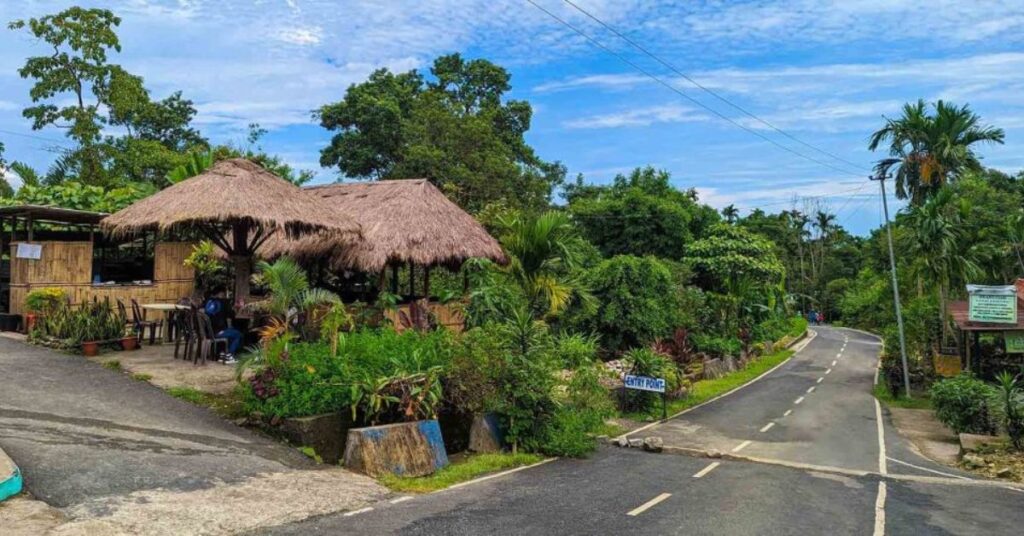
Mawlynnong in Meghalaya is a shining example of community-led sustainability. Known as Asia’s cleanest village, it features bamboo dustbins, composting systems, and living root bridges crafted by hand. Visitors can enjoy nature walks, waterfall treks, and immersive cultural experiences—all while embracing zero-litter tourism.
Why It’s Eco-Friendly:
- Community-driven waste management
- Bamboo dustbins and composting
- Living root bridges built without cement
Top Experiences:
- Walk across the iconic living root bridge
- Explore the village’s zero-litter lanes
- Visit nearby waterfalls and caves
Sustainability Tips:
- Avoid packaged snacks and plastic bottles
- Respect local customs and dress modestly
- Hire local guides for nature walks
3. Khonoma, Nagaland: India’s First Green Village
Location: Near Kohima, Nagaland Best Time to Visit: October to March

Khonoma, India’s first green village, is a model of wildlife conservation and sustainable living. Located near Kohima, it has banned hunting and promotes forest preservation through community efforts. Travelers can engage with Angami tribal culture, birdwatch in protected sanctuaries, and stay in eco-friendly homestays built from natural materials.
Why It’s Eco-Friendly:
- Banned hunting to protect wildlife
- Community forest conservation
- Traditional Angami architecture using natural materials
Top Experiences:
- Birdwatching in Khonoma Nature Conservation and Tragopan Sanctuary
- Learning about Angami culture and cuisine
- Participating in village farming activities
Sustainability Tips:
- Stay in traditional homestays
- Avoid loud music and disruptive behavior
- Buy handmade bamboo and cane products
4. Andaman & Nicobar Islands: Marine Conservation Paradise
Location: Bay of Bengal Best Time to Visit: November to May

The Andaman Islands offer pristine beaches and vibrant coral reefs protected by marine conservation laws. Eco-resorts here use rainwater harvesting and ban single-use plastics. Snorkel in Mahatma Gandhi Marine Park, kayak through mangroves, and support reef-safe tourism while enjoying a low-impact tropical getaway.
Why It’s Eco-Friendly:
- Coral reef protection zones
- Eco-resorts with rainwater harvesting
- Plastic-free beaches like Radhanagar
Top Experiences:
- Snorkeling in Mahatma Gandhi Marine National Park
- Kayaking through mangroves in Havelock
- Visiting tribal museums and conservation centers
Sustainability Tips:
- Use reef-safe sunscreen
- Avoid touching corals or marine life
- Choose certified eco-tour operators
5. Matheran, Maharashtra: India’s Only Automobile-Free Hill Station
Location: Near Mumbai Best Time to Visit: October to May
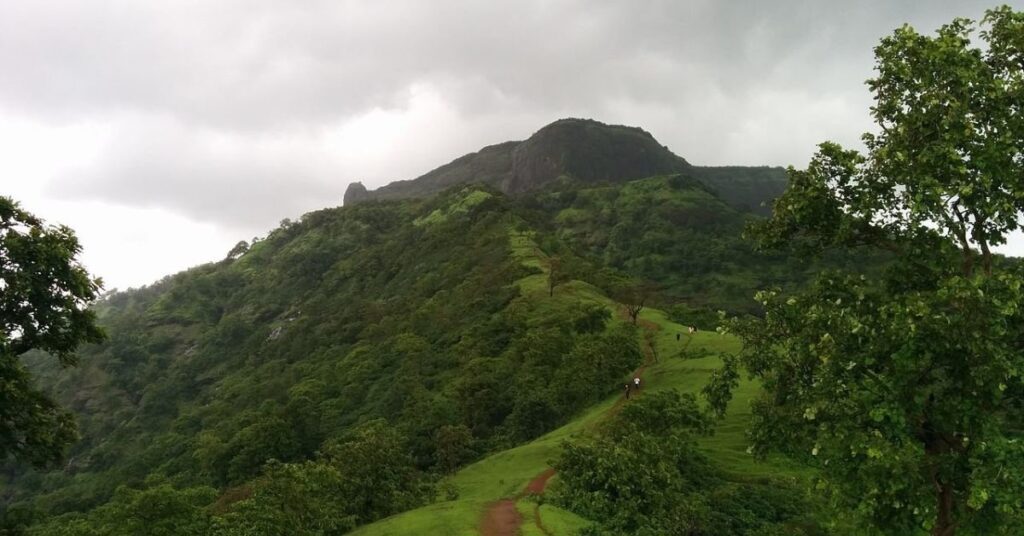
Matheran in Maharashtra is India’s only automobile-free hill station, making it a haven for clean air and quiet trails. With no motor vehicles allowed, visitors explore red-soil paths on foot or horseback. Enjoy panoramic views, heritage architecture, and a toy train ride—all while reducing your carbon footprint.
Why It’s Eco-Friendly:
- No motor vehicles allowed
- Red soil trails and forest cover
- Heritage preservation of colonial-era buildings
Top Experiences: Best Eco-Friendly Travel Ideas in India
- Horse riding and walking trails
- Panoramic viewpoints like Panorama Point
- Toy train ride through the Western Ghats
Sustainability Tips:
- Carry reusable water bottles
- Avoid littering on trails
- Support local vendors and guides
6. Lahaul-Spiti, Himachal Pradesh: High-Altitude Sustainability
Location: Himachal Pradesh Best Time to Visit: May to October
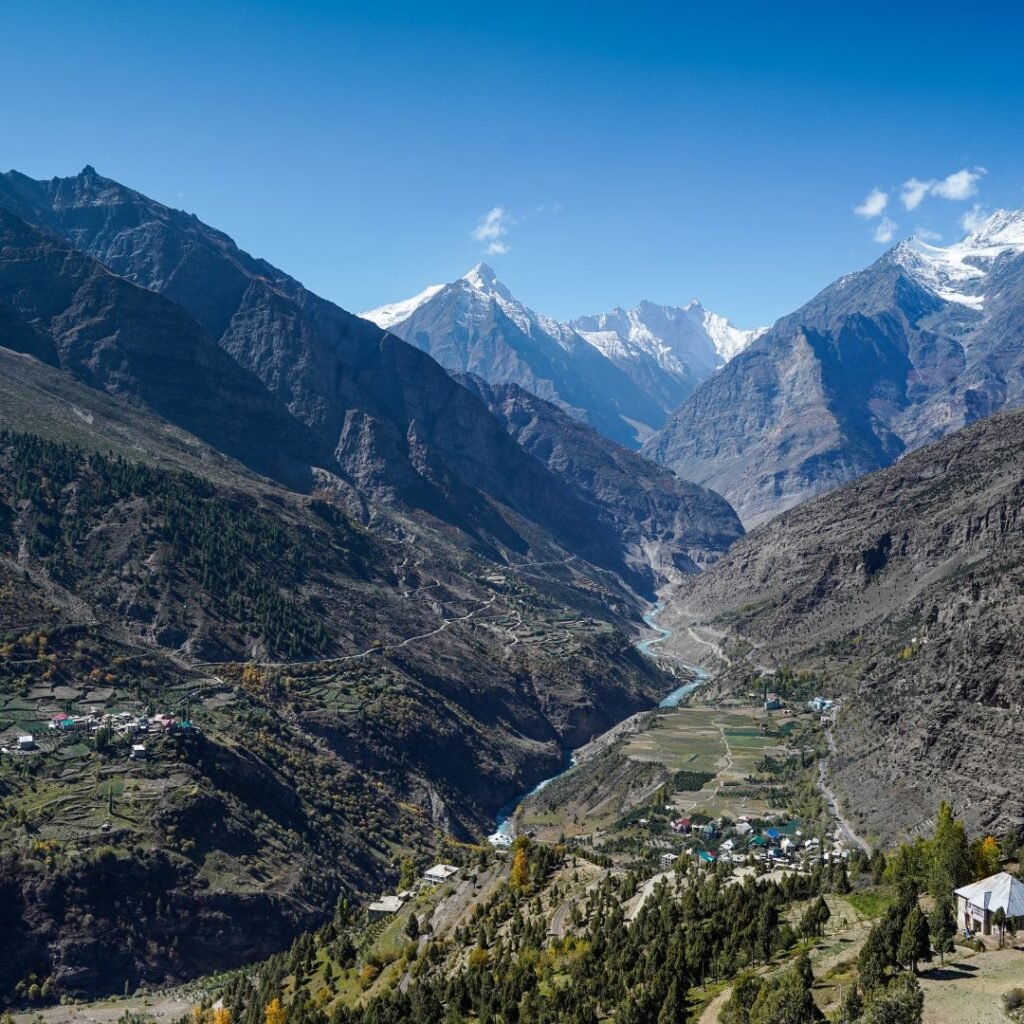
Lahaul-Spiti in Himachal Pradesh offers high-altitude sustainability with solar-powered homestays and zero-waste trekking. This remote region preserves Tibetan Buddhist heritage and boasts some of India’s darkest skies for stargazing. Visit ancient monasteries, trek to Chandratal Lake, and embrace slow, mindful travel.
Why It’s Eco-Friendly:
- Solar-powered homestays
- Zero-waste trekking initiatives
- Preservation of Tibetan Buddhist culture
Top Experiences:
- Visiting Key Monastery and Tabo Monastery
- Stargazing in Kaza (one of India’s darkest skies)
- Trekking to Chandratal Lake
Sustainability Tips:
- Avoid single-use plastics
- Respect wildlife and grazing zones
- Choose slow travel over rushed itineraries
7. Sitlakhet, Uttarakhand: Offbeat Forest Retreat
Location: Kumaon region, Uttarakhand Best Time to Visit: March to June, September to November

Sitlakhet is an offbeat eco-destination in Uttarakhand’s Kumaon region, ideal for nature lovers seeking solitude and sustainability. Surrounded by oak and pine forests, it promotes organic farming and rewilding. Stay in solar cottages, join forest walks, and participate in permaculture workshops for a regenerative travel experience.
Why It’s Eco-Friendly:
- Minimal tourism footprint
- Forest conservation and rewilding
- Organic farming and permaculture
Top Experiences:
- Forest walks and birdwatching
- Volunteering at eco-farms
- Meditation retreats in nature
Sustainability Tips:
- Stay in solar-powered cottages
- Participate in reforestation drives
- Avoid loud music and campfires
8. Auroville, Tamil Nadu: Experimental Eco-Township
Location: Near Puducherry Best Time to Visit: November to March

Auroville near Puducherry is a global township built on principles of sustainability, peace, and collective living. Powered by renewable energy and organic farms, it offers workshops, vegan cafes, and eco-architecture. Visitors can volunteer, attend seminars, and explore the Matrimandir while embracing low-impact travel.
Why It’s Eco-Friendly:
- Renewable energy and green architecture
- Organic farming and vegan cafes
- Community-led sustainability projects
Top Experiences:
- Volunteering in farms and workshops
- Exploring Matrimandir and peace gardens
- Attending sustainability seminars
Sustainability Tips:
- Respect Auroville’s ethos of collective living
- Avoid commercial tourism practices
- Support local artisans and co-ops
9. Coorg, Karnataka: Coffee Country with a Green Heart
Location: Western Ghats, Karnataka Best Time to Visit: October to March
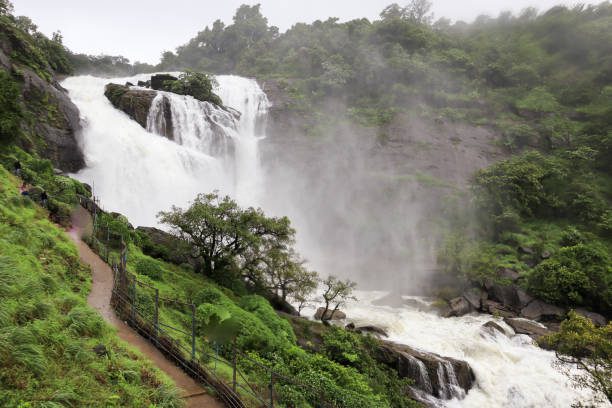
Coorg, nestled in the Western Ghats, is a biodiversity hotspot known for its coffee estates and rainforest conservation. Eco-resorts here promote agro-tourism and wildlife protection. Trek through sanctuaries, stay in plantation homestays, and enjoy organic coffee while supporting local communities and green tourism.
Why It’s Eco-Friendly:
- Rainforest preservation
- Eco-resorts and agro-tourism
- Wildlife corridors and bird sanctuaries
Top Experiences:
- Staying in coffee estate homestays
- Trekking in Pushpagiri Wildlife Sanctuary
- River rafting in Barapole
Sustainability Tips:
- Avoid plastic packaging
- Choose organic coffee and local produce
- Respect tribal lands and wildlife zones
10. Rishikesh, Uttarakhand: Yoga Meets Sustainability
Location: Foothills of Himalayas Best Time to Visit: September to April
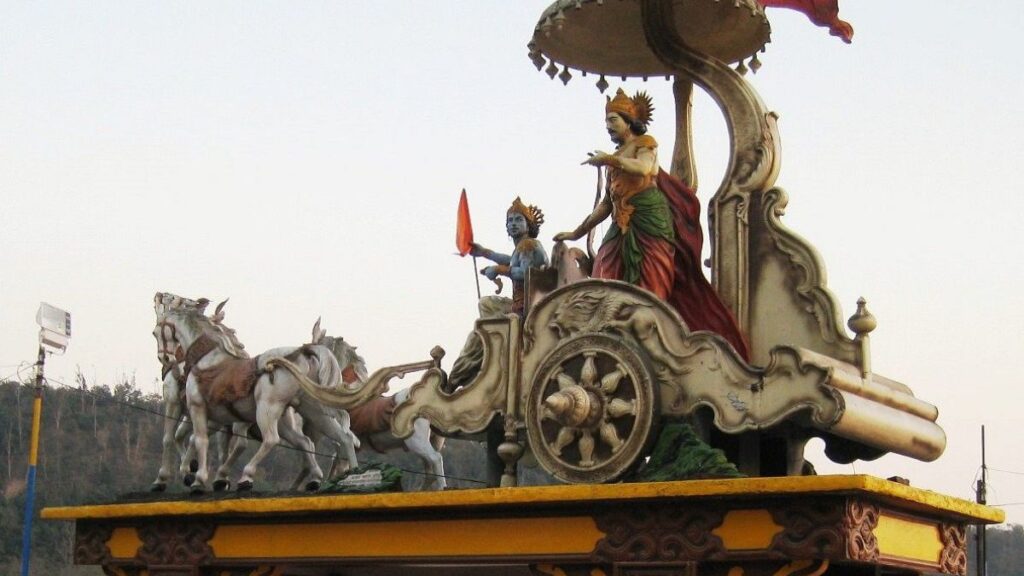
Rishikesh blends spiritual wellness with environmental stewardship. Located on the banks of the Ganges, it hosts eco-resorts, river clean-up drives, and plant-based cuisine. Practice yoga, attend eco-festivals, and support local NGOs while experiencing a sustainable Himalayan retreat.
Why It’s Eco-Friendly:
- Eco-resorts and ashrams
- River conservation and clean-up drives
- Vegetarian and organic cuisine
Top Experiences:
- Practicing yoga by the Ganges
- Volunteering in river clean-up programs
- Attending eco-conscious festivals
Sustainability Tips:
- Avoid polluting the river
- Choose plant-based meals
- Support local NGOs and initiatives
Comparison Table: Eco-Friendly Travel Ideas in India
| Destination | Eco Highlight | Best Time to Visit | Unique Experience |
|---|---|---|---|
| Sikkim | 100% Organic Farming | Mar–Jun, Sep–Nov | Kanchenjunga Trek |
| Mawlynnong | Cleanest Village in Asia | Oct–Apr | Living Root Bridges |
| Khonoma | Wildlife Conservation | Oct–Mar | Birdwatching Sanctuary |
| Andaman Islands | Coral Reef Protection | Nov–May | Snorkeling & Kayaking |
| Matheran | No Motor Vehicles Allowed | Oct–May | Toy Train Ride |
| Lahaul-Spiti | Solar Homestays & Dark Skies | May–Oct | Monastery Visits & Stargazing |
| Sitlakhet | Forest Rewilding & Permaculture | Mar–Jun, Sep–Nov | Forest Retreats |
| Auroville | Renewable Energy & Vegan Living | Nov–Mar | Volunteering & Workshops |
| Coorg | Rainforest & Coffee Estates | Oct–Mar | Agro-Tourism & Wildlife Trekking |
| Rishikesh | River Conservation & Yoga | Sep–Apr | Yoga Retreats & Eco-Festivals |
Conclusion
Choosing eco-friendly travel ideas in India isn’t just a trend—it’s a responsibility we all share toward preserving our planet. With so many sustainable destinations and green travel options available, it’s easier than ever to explore India responsibly while supporting local communities and protecting nature. Whether you opt for eco-lodges in the Himalayas, organic farms in Kerala, or solar-powered stays in Rajasthan, each choice you make contributes to a cleaner, greener future.
Sustainable tourism in India is growing rapidly, and travelers like you play a key role in shaping its future. So, pack light, travel mindfully, and make every journey count—for the environment, for local people, and for yourself. Remember, the best travel stories are the ones that leave no carbon footprint behind.
Start planning your next sustainable escape today and be part of the change toward eco-friendly travel in India.
FAQs
1. What is eco-friendly travel?
- Eco-friendly travel means exploring destinations responsibly by minimizing environmental impact, supporting local communities, and conserving natural resources.
2. Why is eco-friendly travel important in India?
- India’s rich biodiversity and cultural heritage face environmental pressures. Eco-friendly travel helps protect these resources while promoting sustainable tourism.
3. Which are the best eco-friendly travel destinations in India?
- Top eco-friendly destinations include Coorg, Munnar, Sikkim, Spiti Valley, Rishikesh, Goa, and the Andaman Islands.
4. How can travelers make their trips more eco-friendly?
- Use public transport, carry reusable bottles, avoid plastic, stay in eco-lodges, and buy local products to reduce your carbon footprint.
5. What are eco-lodges in India?
- Eco-lodges are environmentally responsible accommodations built with sustainable materials, using solar power and promoting waste recycling.
6. Is eco-tourism growing in India?
- Yes, eco-tourism is rapidly growing in India as more travelers choose sustainable stays, nature experiences, and responsible travel operators.
7. What is the difference between eco-tourism and sustainable tourism?
- Eco-tourism focuses on nature-based travel, while sustainable tourism includes social, cultural, and environmental responsibility in all travel activities.
8. Which Indian states promote eco-tourism the most?
- Kerala, Sikkim, Himachal Pradesh, Uttarakhand, and Meghalaya are leading in eco-tourism with government-backed sustainable travel initiatives.
9. Can eco-friendly travel be affordable?
- Yes. Choosing local homestays, community tours, and public transportation makes eco-friendly travel cost-effective and authentic.
10. What are the benefits of eco-friendly travel?
- It reduces pollution, conserves resources, supports local communities, and helps travelers connect with nature meaningfully.
11. How can I plan a sustainable vacation in India?
- Research eco-friendly destinations, choose certified green accommodations, and book tours that support local conservation efforts.
12. Are there eco-friendly beaches in India?
- Yes, beaches like Agonda (Goa), Varkala (Kerala), and Radhanagar (Andaman) are known for clean, sustainable tourism practices.
13. What are some eco-friendly travel tips for beginners?
- Pack light, avoid single-use plastics, respect wildlife, use eco-certified travel services, and leave no waste behind.
14. How does eco-travel help local communities?
- It generates income through homestays, handicrafts, and organic farming, empowering locals and preserving traditional lifestyles.
15. What should I pack for an eco-friendly trip?
- Carry reusable bags, bamboo toothbrushes, metal straws, natural toiletries, and a refillable water bottle.
16. Is volunteering part of eco-friendly travel?
- Yes, volunteering for reforestation, beach cleanups, or wildlife protection enhances your sustainable travel experience.
17. What are some eco-tourism projects in India?
- Projects like Kerala’s Responsible Tourism Mission and Sikkim’s zero-plastic initiative promote green travel models.
18. Can families enjoy eco-friendly travel in India?
- Absolutely! Many eco-resorts and national parks offer family-friendly activities like organic farming, trekking, and nature walks.
19. How does eco-travel help reduce carbon emissions?
- Using trains, buses, bicycles, or walking instead of flights and cars significantly lowers your travel carbon footprint.
20. What is the future of eco-friendly tourism in India?
- With rising awareness and government support, eco-friendly tourism in India is set to become a major part of the travel industry by 2030.




